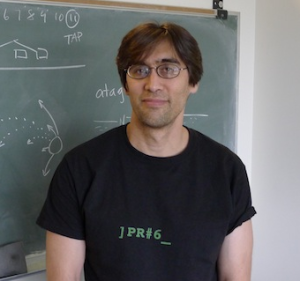Ian Korf, author of two excellent books and longtime friend of Cofactor, has just written a great piece on the current state of RNA-seq analysis, reminding us that despite its power there are critical issues to consider:
Conceptually, RNA-seq is a straightforward process: you isolate RNA, sequence it with a high-throughput sequencer, and put it all back together. What is the problem? There are several challenges. (i) The RNA may be from a different source than the reference genome it is compared with. This is certainly the case with the human reference genome, which is derived from several people. (ii) RNA preparations may contain incompletely processed RNAs or transcriptional noise. The deeper one sequences, the more frequently these rare events will appear, and this may explain why greater coverage depth often degrades reconstruction accuracy. (iii) The sequencing technology may bias which sequences are present. Most sequencing procedures involve PCR, which is notorious for suppressing sequences with high GC content.
I couldn’t agree more; these are issues we think about not only when interpreting results, but from the very beginning when planning the experimental design. Each researcher we partner with has specific goals for their project, and we tailor the design to those goals. Using our expertise from thousands of RNAseq projects, we help to ensure the best possible outcome for our clients.
Ian’s article, along with the companion articles he references, appears in this week’s issue of Nature Methods.



